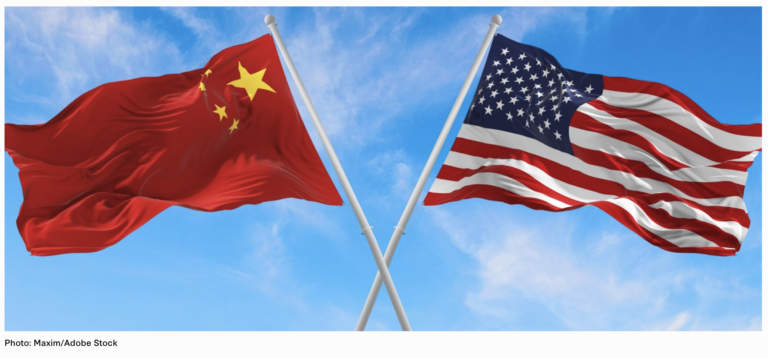Global Warming: Glaciers at Record Low Levels
Global warming is a pressing issue that continues to have a profound impact on our planet. One of the most visible and alarming consequences of this phenomenon is the rapid decline of glaciers worldwide. Glaciers, which are large bodies of ice formed from snowfall over many years, are crucial indicators of climate change. In recent years, these icy giants have been melting at an unprecedented rate, reaching record low levels. This article explores the causes and consequences of this alarming trend.
The Causes of Glacier Melting
Glacier melting is primarily caused by rising global temperatures resulting from human activities, particularly the burning of fossil fuels. The emission of greenhouse gases, such as carbon dioxide and methane, traps heat in the Earth’s atmosphere, leading to a rise in average temperatures. As a result, glaciers are subjected to warmer air and water, causing them to melt at an accelerated pace.
Additionally, the loss of reflective ice surfaces due to melting exacerbates the problem. When glaciers melt, they expose darker surfaces, such as rocks and soil, which absorb more heat from the sun. This creates a feedback loop, as the increased absorption of heat further accelerates glacier melting.
Consequences of Glacier Melting
The melting of glaciers has far-reaching consequences for both the environment and human populations. Here are some key impacts:
- Rising sea levels: As glaciers melt, the water they release flows into the oceans, contributing to rising sea levels. This poses a significant threat to coastal communities and low-lying islands.
- Water scarcity: Glaciers act as natural reservoirs, storing water in the form of ice. As they melt, the water supply for downstream regions, such as river systems, is disrupted. This can lead to water scarcity, affecting agriculture, hydropower generation, and drinking water supplies.
- Loss of biodiversity: Glaciers support unique ecosystems and provide habitats for various species. The melting of glaciers threatens these delicate ecosystems, leading to the loss of biodiversity.
- Changes in weather patterns: Glaciers play a crucial role in regulating regional weather patterns. Their decline can disrupt precipitation patterns, leading to droughts or excessive rainfall in certain areas.
Case Study: The Himalayan Glaciers
The Himalayan region is home to some of the world’s largest glaciers, which are vital sources of freshwater for millions of people in Asia. However, these glaciers are rapidly retreating. According to a study by the International Centre for Integrated Mountain Development, the Himalayan glaciers have been losing an average of 8 billion tons of ice each year since the early 2000s. This alarming rate of melting has significant implications for the region’s water resources and the livelihoods of its inhabitants.
Conclusion
The record low levels of glaciers worldwide are a clear indication of the impact of global warming. The causes of glacier melting, primarily driven by human activities, have far-reaching consequences for the environment and human populations. Rising sea levels, water scarcity, loss of biodiversity, and changes in weather patterns are just a few of the many challenges we face. Urgent action is needed to mitigate the effects of global warming and preserve these majestic ice formations for future generations.

























+ There are no comments
Add yours